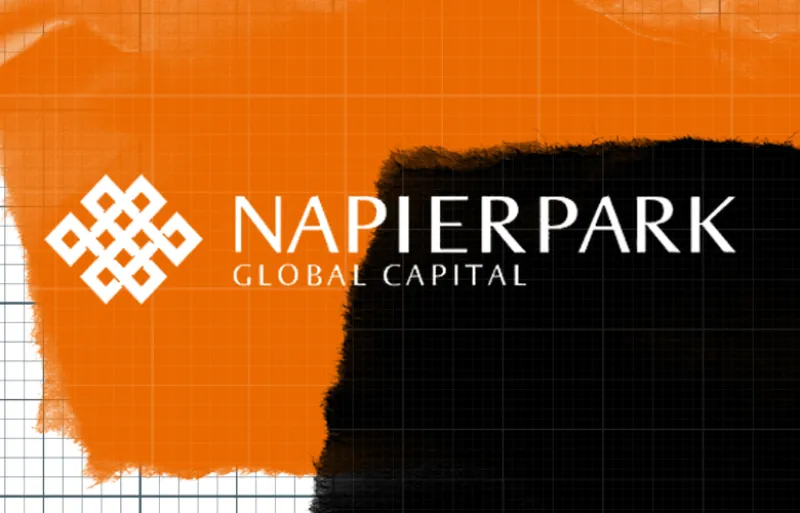Napier Park Global Capital — the $10 billion credit and alternatives firm — started 2018 with its lowest exposure to European credit since its founding. Now, it is on watch for a market correction.
In a second-quarter letter to investors, the firm described a widening of credit spreads and little buyer enthusiasm for putting money to work in Europe. Co-founders Jon Dorfman, chief investment officer, and Jim O’Brien, CEO, asked, “Could this be the first sign of a market correction?”
The firm is benefiting from investors’ appetite for reducing volatility and interest-rate risk. Its Financial Partners Fund II raised $191.6 million by final close. Napier Park also recently launched a deep-value credit strategy designed to invest when markets correct. It designed the vehicle as a draw-down structure, and will only call on committed capital for investment opportunities it thinks can generate 15 percent or more in annual returns.
Prepping for the possibility of stressed markets, Napier Park is operating with little borrowed money and what it describes as ‘next-to-no’ interest-rate exposure as it looks for new investments. It's also leveraging its flexibility to invest across sectors. The firm was early to so-called fix and flip mortgage loans, for example, originating more than $500 million in total. But with higher valuations, Napier Park has reduced that to below $200 million through prepayments, according to its second-quarter letter. “We believe this will likely correct and we will then become more active in this sector once again,” the executives wrote.
Furthermore, the alternatives manager is looking at introducing a private real estate investment trust strategy to leverage its mortgage and consumer markets’ lending program. “The REIT structure provides a more tax-efficient mechanism to access more asset classes and add longer duration loans to the portfolio as opportunities present themselves,” Dorfman and O’Brien wrote.
Napier Park’s diversified and opportunistic Select Fund returned a net 4.47 percent year to date in 2018. The BofA Merrill Lynch High Yield index gained 0.08 percent over the same period. The fund also did well relative to a leveraged loan benchmark (the S&P/LSTA US LL Index), which returned 2.16 percent. Its ABS Income Fund returned 3.55 percent year to date and 1.47 percent in the second quarter. Napier Park’s Strategic CLO Fund generated 6.75 percent and 0.27 percent over the same periods, while its European Credit Opportunities Fund gained 1.24 percent year to date and 0.65 percent in three months ending June 30.
[II Deep Dive: Here Are the Winners of II’s 2018 Hedge Fund Awards]
Entering the third quarter, Napier Park wrote that it expects newer players to set off a wave of volatility if rates rise because of good economic signals and growth caused by fiscal stimulus. “While we don’t consider ourselves to be old, many younger market participants have never witnessed a ‘classic’ economic growth cycle,” the co-founders wrote.
Napier Park’s team was surprised by the Trump administration’s battle with European and other allies and said it is still analyzing the implications. In the short term, they are concerned about tariffs’ effect on prices and consumer debt, and the drag on the economy. “We view this as more of a risk for emerging market economies and the EU than for the US, but it is a concern nonetheless,” the letter stated.







